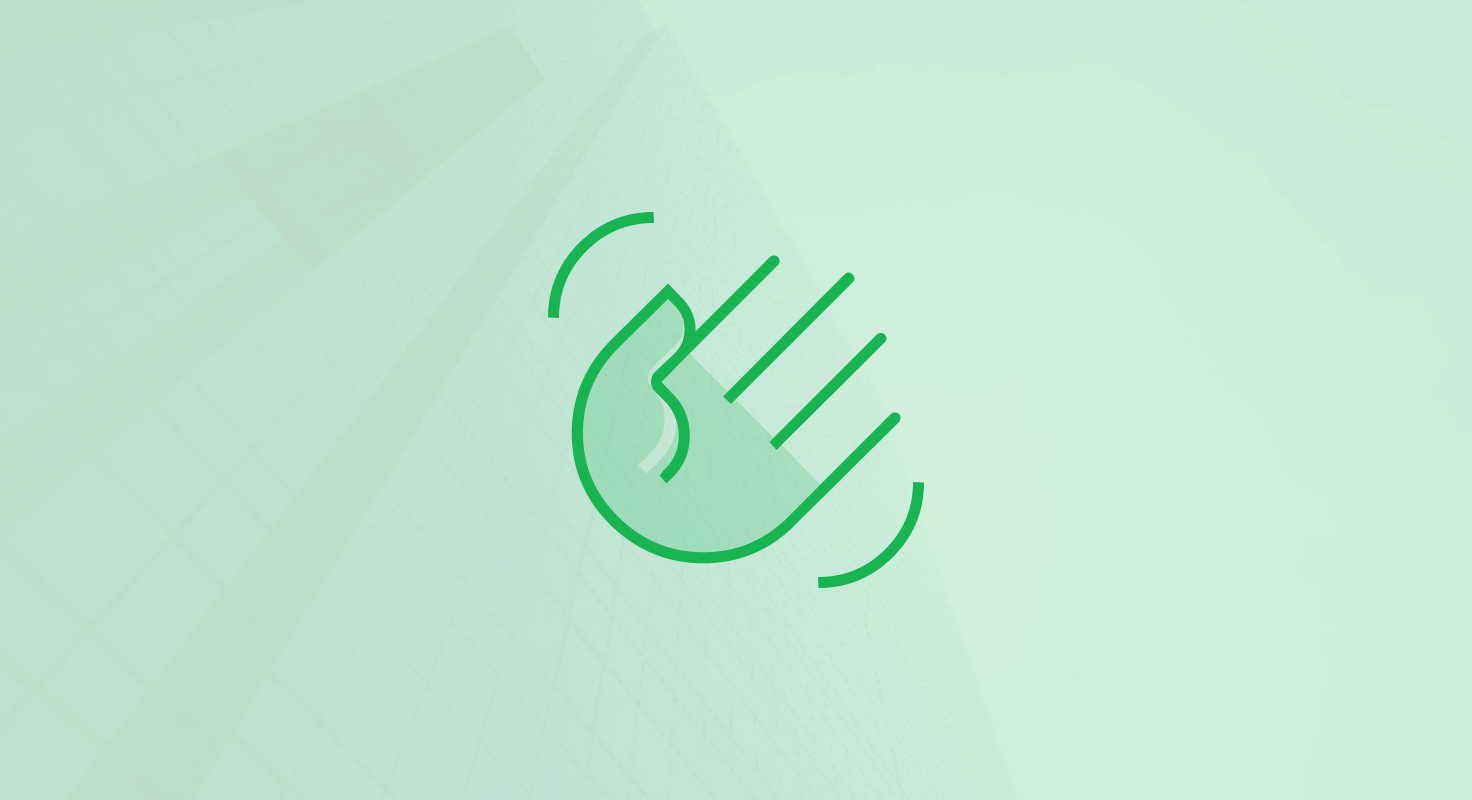Table of Contents
Churn, or the rate at which customers stop using a product or service, poses a significant challenge for Software-as-a-Service (SaaS) businesses. With high customer acquisition costs and a recurring revenue model, reducing churn is essential for sustainable growth. By understanding the importance of churn in the SaaS landscape and implementing effective strategies, businesses can foster customer retention and drive long-term success.
TL;DR: Churn in SaaS
-
High churn kills ROI when customer acquisition costs stay high.
-
Short subscriptions mean you must deliver value constantly.
-
Predictive analytics spot churn risks early and let you act fast.
-
Segmentation, CS, and smart pricing keep customers longer.
-
Ongoing product improvements build loyalty and prevent churn.
What are the main challenges driving churn in SaaS businesses?
Why do high customer acquisition costs make SaaS churn so costly?
- Costly marketing and sales efforts: SaaS companies often invest significantly in marketing and sales strategies to acquire new customers, which increases the importance of retaining existing customers to achieve a positive ROI.
- Competition for market share: High competition in the SaaS industry further drives up customer acquisition costs, making it essential to focus on customer retention and loyalty to maintain a strong market position.
How do short subscription cycles impact churn in SaaS?
- Frequent renewal decisions: With shorter subscription cycles (e.g., monthly or quarterly), SaaS customers have more opportunities to reevaluate their subscription, making it crucial to demonstrate continuous value and maintain customer satisfaction.
- Dependency on recurring revenue: SaaS businesses rely on recurring revenue streams from subscription renewals, which increases the impact of churn on long-term financial stability and growth.
How does the SaaS customer journey create churn risks?
- Multiple interactions and channels: SaaS customers engage with products and services through various touchpoints (e.g., onboarding, support, product updates), making it essential to deliver a consistent, high-quality experience across all interactions to reduce churn.
- Difficulty in identifying churn signals: With numerous customer interactions and data sources, it can be challenging for SaaS businesses to identify and act on the most critical churn indicators and address potential issues proactively.
How do evolving markets and rising customer expectations increase churn in SaaS?
- Changing customer needs and preferences: As market conditions and customer needs evolve, SaaS companies must continuously adapt their products and services to meet changing expectations and maintain customer satisfaction.
- Emerging technologies and competition: The fast-paced SaaS industry requires businesses to stay up-to-date with the latest technologies and innovate to stay competitive, which can impact customer loyalty and churn rates.
What are the most effective strategies to reduce churn in SaaS?
How can predictive analytics help prevent churn in SaaS?
- Leveraging data to identify churn patterns: Analyze customer data from multiple sources (e.g., product usage, support interactions, billing history) to uncover patterns that may indicate churn risk. For example, identify decreases in usage, subscription downgrades, or increased support requests as potential churn signals.
- Building accurate churn prediction models: Use machine learning algorithms and statistical techniques to develop models that predict churn probability based on historical data and identified churn patterns. Validate and refine these models to improve their accuracy and relevance.
- Monitoring and refining churn in saas prediction models: Continuously track the performance of your churn prediction models and update them with new data, features, or algorithms to maintain their accuracy and effectiveness in an evolving market.
How does customer segmentation reduce churn in SaaS?
- Segmenting customers based on behavior, needs, and value: Group customers into distinct segments based on factors such as usage patterns, engagement levels, or customer lifetime value to enable targeted retention strategies.
- Personalizing customer experiences and communication: Tailor product experiences, content, and communication to individual customer segments to enhance engagement and satisfaction. Use personalized recommendations, customized onboarding, or tailored messaging to address unique customer needs and preferences.
- Tailoring retention strategies to reduce churn in saas: Develop specific retention strategies for each customer segment, focusing on addressing their unique pain points, enhancing engagement, and driving long-term loyalty.
How can customer success strategies reduce churn in SaaS?
- Proactive support and issue resolution to prevent churn in saas: Monitor customer interactions and usage data to identify potential issues or dissatisfaction early and proactively reach out to customers to provide assistance or solutions. Implement automated issue detection and resolution processes to streamline support efforts.
- Building strong customer relationships through engagement: Encourage regular customer interactions through email campaigns, in-app messages, or community forums to foster a sense of belonging and promote long-term engagement. Provide educational resources, best practices, or success stories to help customers maximize the value of your SaaS product.
- Monitoring customer sentiment to catch early churn in saas signals: Use surveys, Net Promoter Score, or sentiment analysis to track customer satisfaction levels and address potential issues before they lead to churn. Implement closed-loop feedback processes to ensure customer concerns are adequately addressed and improvements are made.
What pricing models help reduce churn in SaaS?
- Flexible pricing and subscription plans: Offer multiple pricing tiers or subscription plans to accommodate different customer needs and preferences. Provide flexibility in terms of contract duration, payment options, or plan customization to enhance customer satisfaction and reduce churn.
- Value-based pricing and packaging: Align pricing with the perceived value of your SaaS product, considering factors such as features, usage levels, or customer segments. Offer value-based pricing and packaging options to make your product more appealing and accessible to a broader range of customers.
- Optimizing pricing based on feedback to reduce churn in saas: Continuously gather and analyze customer feedback on pricing and subscription plans to identify opportunities for optimization. Test different pricing strategies and analyze their impact on churn rates, customer acquisition, and revenue growth to refine your pricing model over time.
How does product innovation reduce churn in SaaS?
- Gathering and acting on customer feedback: Regularly collect and analyze customer feedback on product features, user experience, and overall satisfaction to identify areas for improvement. Implement feedback loops and agile development processes to ensure customer input is integrated into product updates and enhancements.
- Investing in product development and innovation: Allocate resources to research and development efforts to continuously improve your SaaS product, adding new features, enhancing performance, or addressing emerging customer needs. Encourage a culture of innovation and experimentation to stay ahead of industry trends and maintain a competitive edge.
- Delivering continuous product value to reduce churn in saas: Consistently deliver new product features, updates, or improvements that enhance customer value and differentiate your SaaS offering from competitors. Communicate these enhancements effectively to customers to reinforce the value of your product and foster long-term engagement.
How can SaaS businesses tackle churn with strategic retention?
By recognizing the unique challenges posed by churn in the SaaS industry, companies can develop targeted strategies that combine data-driven insights and customer-centric approaches. Embracing predictive analytics, personalized experiences, exceptional support, innovative pricing models, and continuous product innovation will contribute to reduced churn rates and increased customer loyalty.
The Revenue Performance Model
Do you want to track the entire revenue journey in your CRM so you can see what's broken, why it happened, and where to fix it?
Download the Revenue Performance Model HERE






-3.png)
-1.png)

